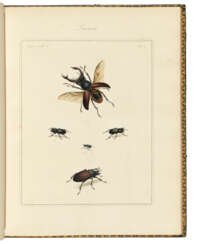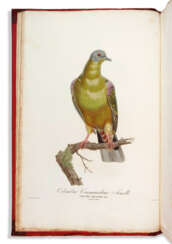histoire naturelle
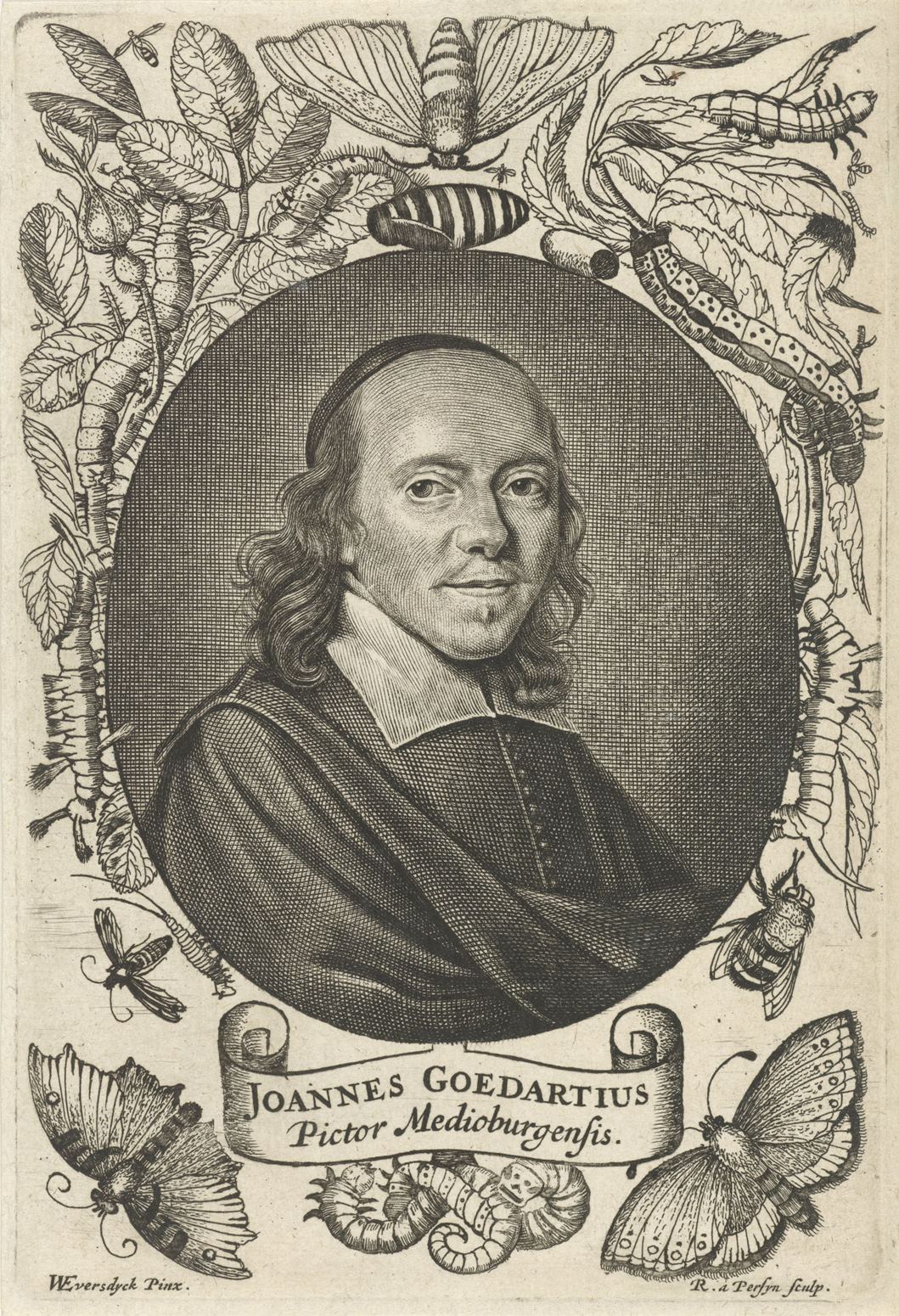
Johannes Goedaert was a Dutch naturalist, entomologist and artist.
Goedaert was one of the authors on entomology and the first to write about insects in the Netherlands and Europe, based on his own observations and experiments between 1635 and 1667. In 1660, Goedaert published the first of three volumes collectively titled Metamorphoses and History of Nature, the last volume appearing in 1669.
Goedaert's work is valuable in that for the first time he used his own drawings instead of woodcuts to illustrate his insects, and they are of noticeably higher quality than those in Moffett's volume. Goedaert was a talented and observant artist and draughtsman, and he used magnifying glasses but preferred to draw insects at life-size. The book depicts detailed phases of insect growth, including their metamorphosis. The scientist not only described the process of their development, but also described and sketched the various stages that insects go through during their life cycle.
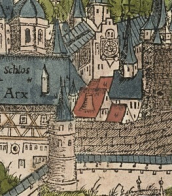
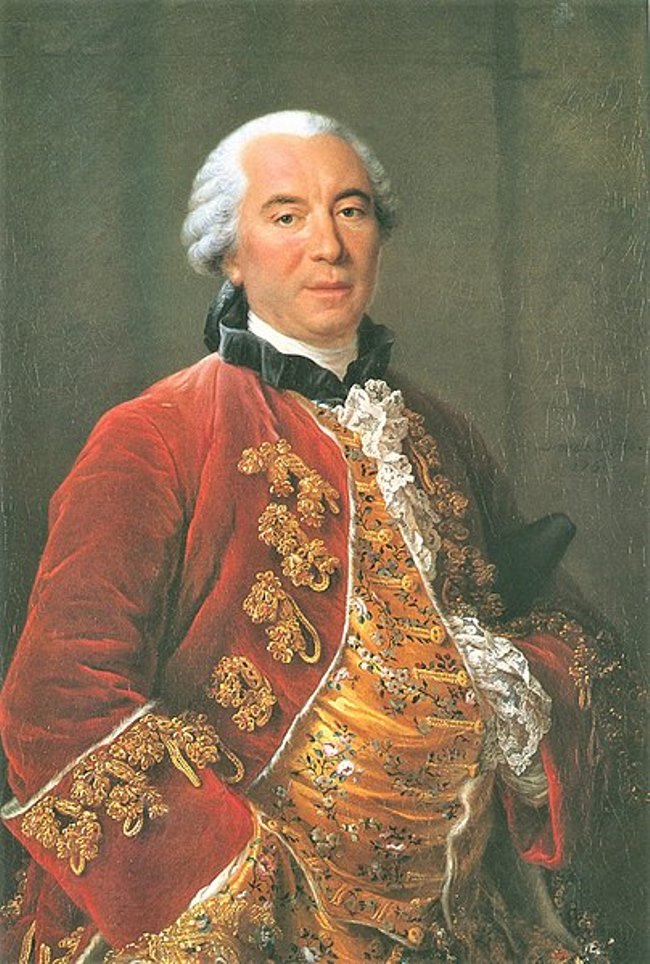
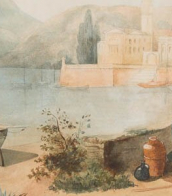
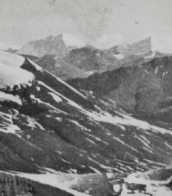


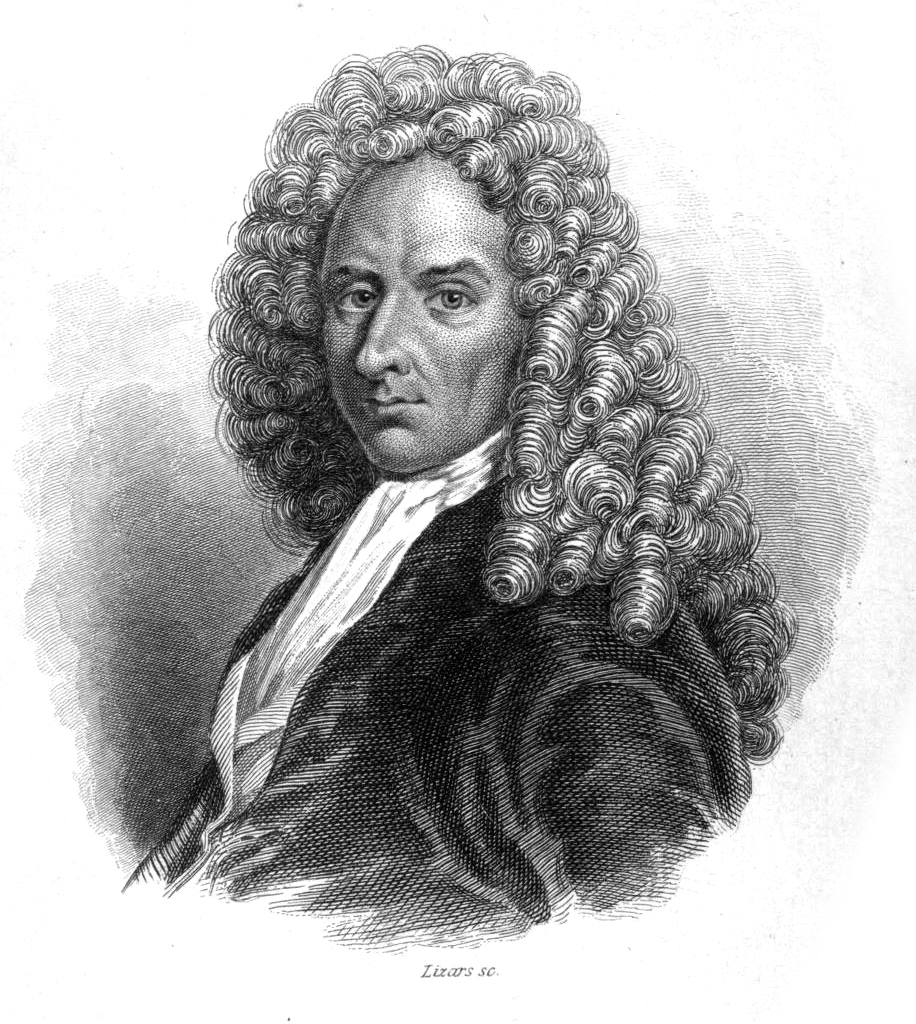
François Levaillant was a French ornithologist, traveler and writer.
Levaillant was born in Dutch Guiana, where his father was French consul. He returned with his family to France, where he eventually became a dealer in natural history specimens. At the age of 27, trained as an ornithologist, he traveled to southern Africa with the Dutch East India Company to collect specimens for his collection. Levaillant was one of the first naturalist explorers to venture into uncharted and dangerous Africa to see and study birds in their natural habitat.
Returning to France in 1785 after several years of traveling, he began writing ornithological works based on his diaries. His Histoire naturelle des perroquets (Natural History of Parrots) was published between 1801 and 1805, and his six-volume History of the Nature of Africa was published between 1799 and 1808. Levaillant also wrote the popular book Le Vaillant's Voyage to the Interior of Africa and others. He was one of the first Europeans to make ethnographic observations, empathizing with African peoples and treating them as equals.


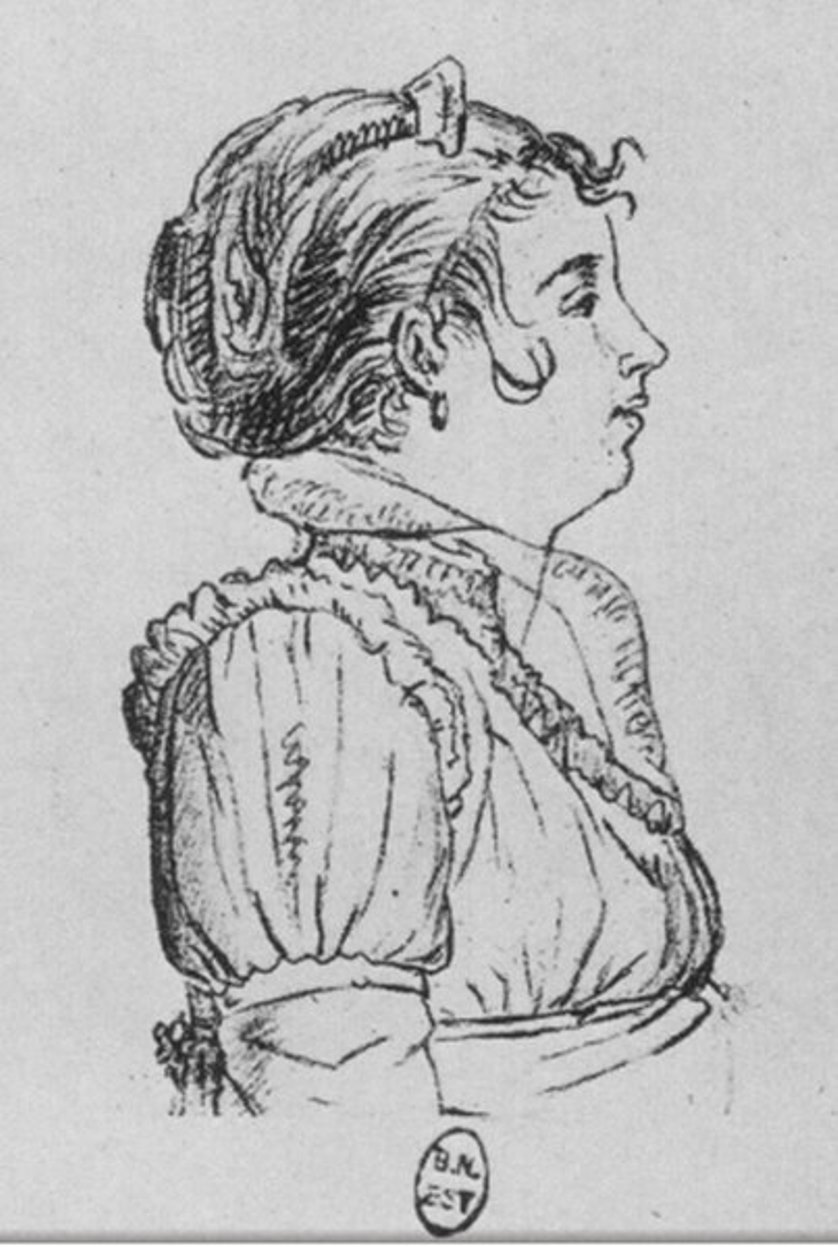



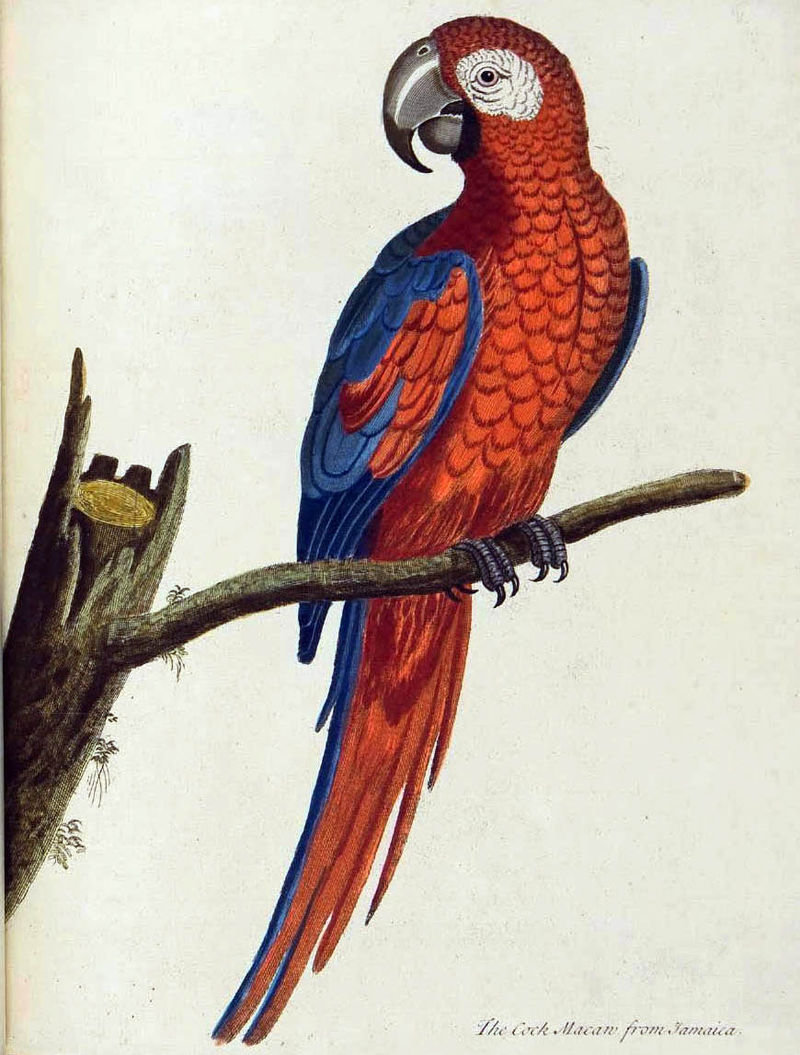
Eleazar Albin was a British naturalist and author of illustrated books on birds and insects.
Albin wrote and illustrated a number of books, including A Natural History of English Insects (1720), A Natural History of Birds (1731-38), and A Natural History of Spiders and Other Curious Insects (1736). His work was based on careful observation and artistic talent. Eleazar Albin has been called one of the "great illustrators of entomological books of the 18th century".
Some of the illustrations in these books are by Albin's daughter Elisabeth. Eleazar Albin himself proudly wrote of his drawings that they were all painted from life, with all the accuracy of a sketch, unlike the sketches of other scientists, who did them either from memory or from stories.



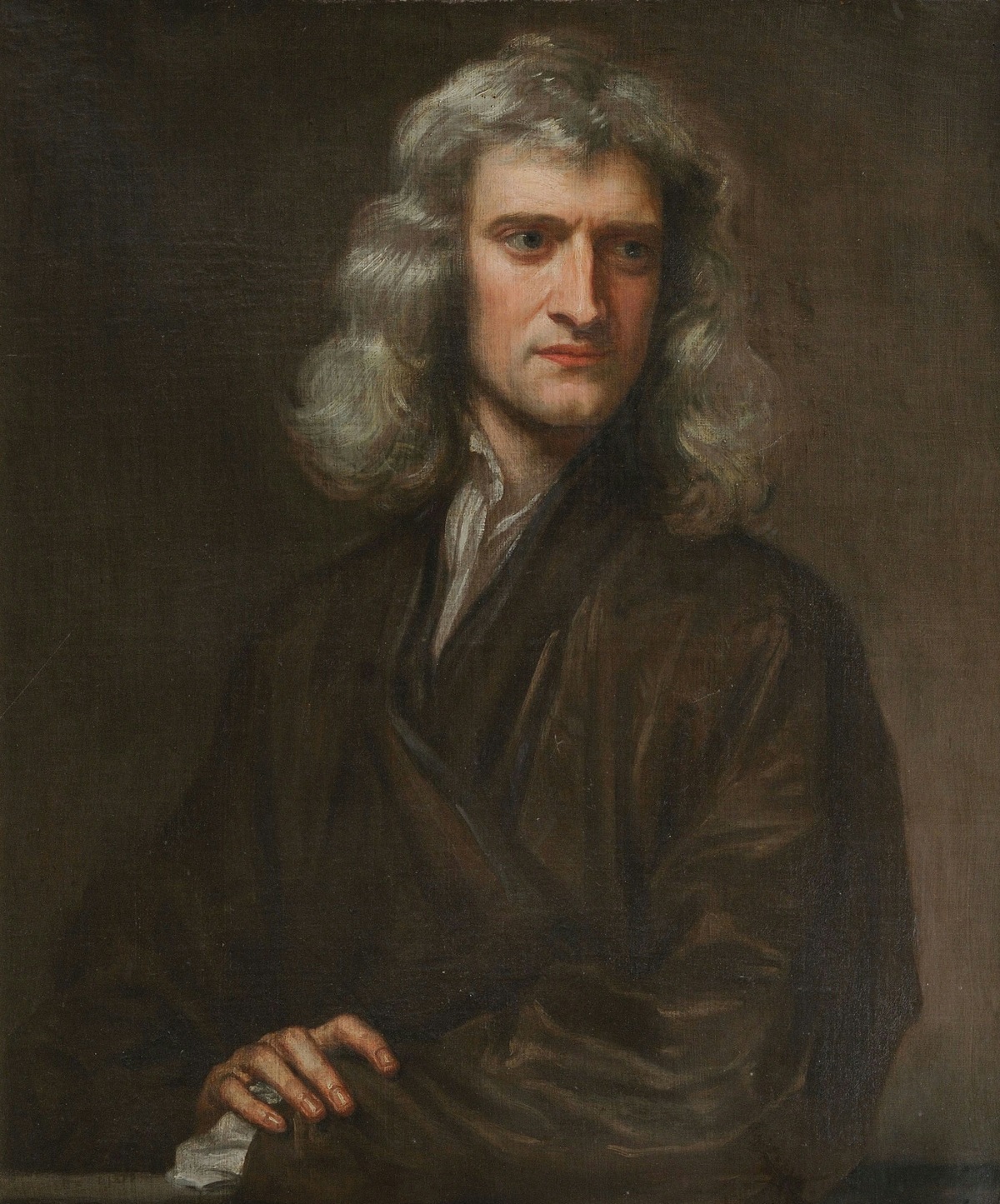
Isaac Newton was an English mathematician, physicist, astronomer, alchemist, theologian, and author (described in his time as a "natural philosopher"), widely recognised as one of the greatest mathematicians and physicists and among the most influential scientists of all time. He was a key figure in the philosophical revolution known as the Enlightenment. His book Philosophiæ Naturalis Principia Mathematica (Mathematical Principles of Natural Philosophy), first published in 1687, established classical mechanics. Newton also made seminal contributions to optics, and shares credit with German mathematician Gottfried Wilhelm Leibniz for developing infinitesimal calculus.
In the Principia, Newton formulated the laws of motion and universal gravitation that formed the dominant scientific viewpoint until it was superseded by the theory of relativity. Newton used his mathematical description of gravity to derive Kepler's laws of planetary motion, account for tides, the trajectories of comets, the precession of the equinoxes and other phenomena, eradicating doubt about the Solar System's heliocentricity. He demonstrated that the motion of objects on Earth and celestial bodies could be accounted for by the same principles. Newton's inference that the Earth is an oblate spheroid was later confirmed by the geodetic measurements of Maupertuis, La Condamine, and others, convincing most European scientists of the superiority of Newtonian mechanics over earlier systems.
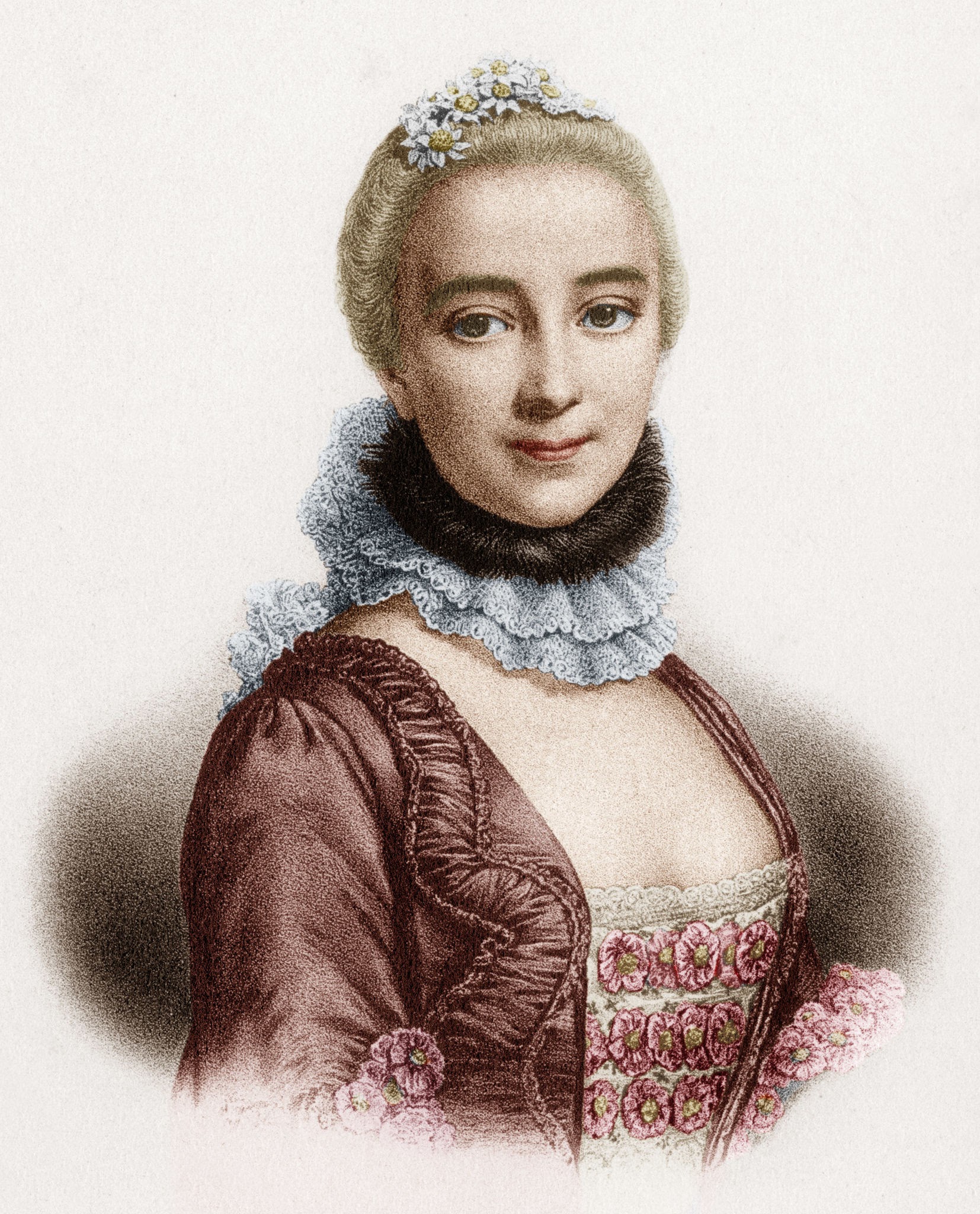

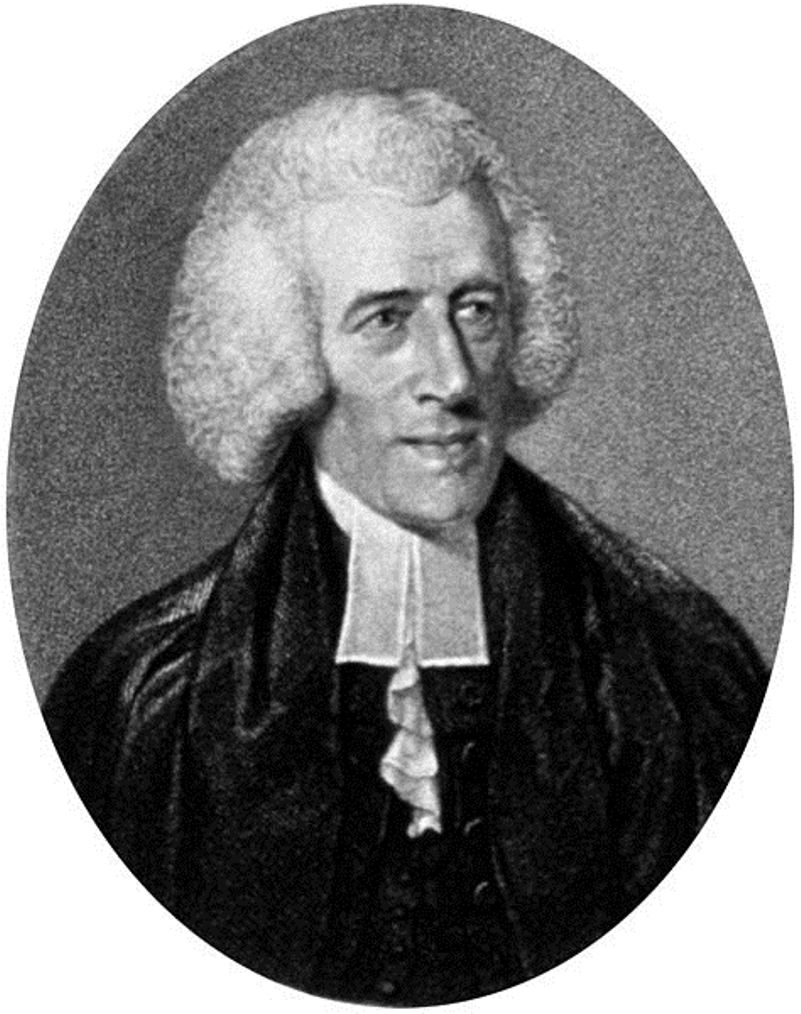
Thomas Martyn was a British botanist and priest, a Fellow of the Royal Society.
Thomas Martyn was a priest and simultaneously taught botany at Cambridge University, serving as a professor there for 63 years.







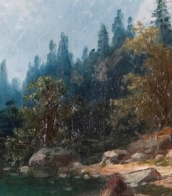


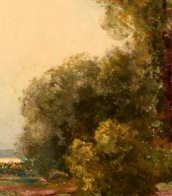
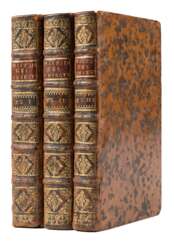







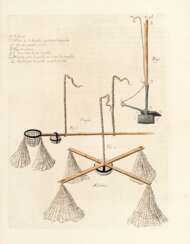

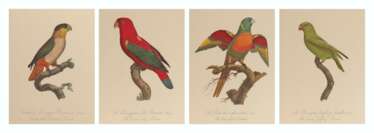

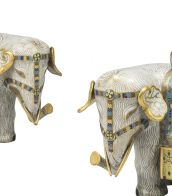


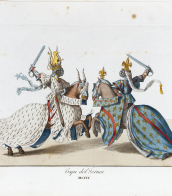


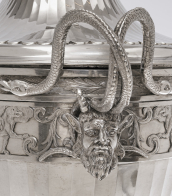
![Keepsake d'histoire naturelle, [1839]](/assets/image/picture_3101191/6f4f8/fjunkrlkrjedod0jkalna4kq7pljlao1487odujcpd9g5-6igpyyjr7cxb9e3nc1693990292jpg__fix_374_244.jpeg)
![Keepsake d'histoire naturelle, [1839]](https://veryimportantlot.com/assets/image/picture_3101191/6f4f8/fjunkrlkrjedod0jkalna4kq7pljlao1487odujcpd9g5-6igpyyjr7cxb9e3nc1693990292jpg__fix_374_244.jpeg)

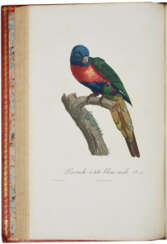

![Jean-Baptiste Audebert | Histoire naturelle des singes. Paris, 1797-[1800], in the original parts, fine illustrations of primates](/assets/image/picture_3530743/97533/zll8szmoumzsdx86feof1b4xnhwzoiihymos91lyuesaxchvije5vgcl7ima5r1698925527jpg__fix_374_244.jpeg)
![Jean-Baptiste Audebert | Histoire naturelle des singes. Paris, 1797-[1800], in the original parts, fine illustrations of primates](https://veryimportantlot.com/assets/image/picture_3530743/97533/zll8szmoumzsdx86feof1b4xnhwzoiihymos91lyuesaxchvije5vgcl7ima5r1698925527jpg__fix_374_244.jpeg)


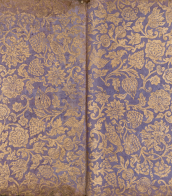


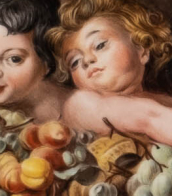
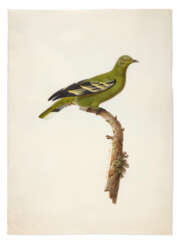

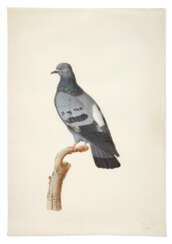

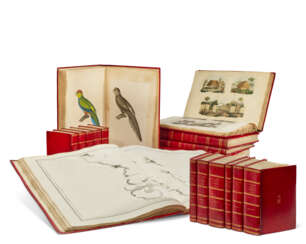

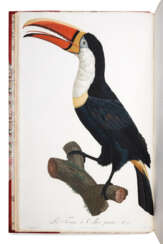

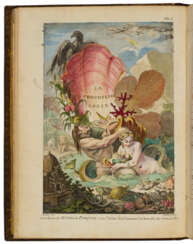





![[BUFFON, Georges-Louis Leclerc, vicomte de (1707-1788)] Jean-Gabriel PRÊTRE (1768-1849)](/assets/image/picture_2501048/3e45c/95ad26b9bba98bbb0c4deb5a6a6ea3ab1667984400jpg__fix_374_244.jpeg)
![[BUFFON, Georges-Louis Leclerc, vicomte de (1707-1788)] Jean-Gabriel PRÊTRE (1768-1849)](https://veryimportantlot.com/assets/image/picture_2501048/3e45c/95ad26b9bba98bbb0c4deb5a6a6ea3ab1667984400jpg__fix_374_244.jpeg)









